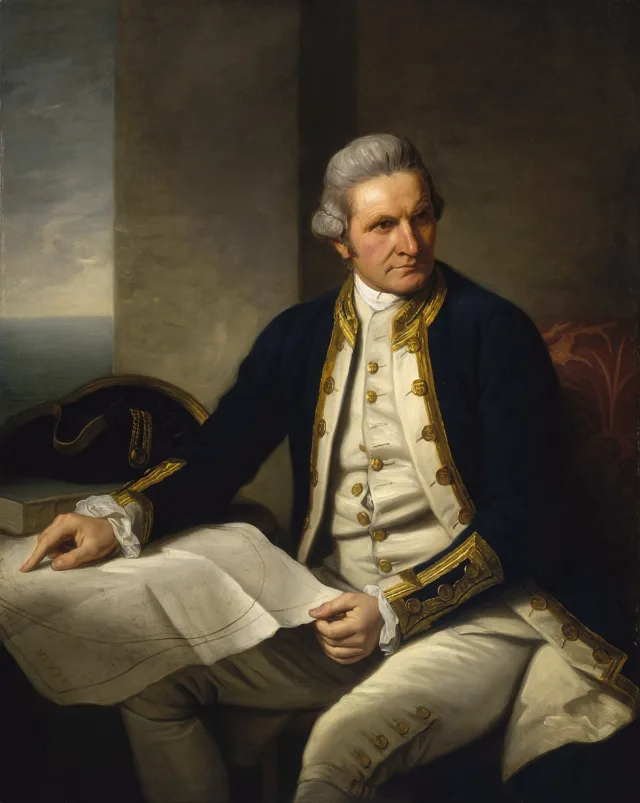From The Chronicle of Higher Education:
When I won a teaching award at my university, I was asked to write a brief description of my pedagogy. I proudly wrote — and my provost read aloud at the awards ceremony — that I incorporate themes of racial justice and gender equality into my composition classes. Today, if I were in Indiana, I would be afraid of losing my job if I admitted such a thing.
Under Indiana’s Senate Bill 202, known as the “Intellectual Diversity” law, the trustees for public colleges will evaluate faculty every five years on the following:
- Whether they “foster a culture of free inquiry, free expression, and intellectual diversity.”
- Whether they teach “a variety of political or ideological frameworks” within their disciplines.
- Whether they “subject students to political or ideological views and opinions” unrelated to the course.
Faculty, regardless of tenure, can be fired if the board determines that they would be “unlikely” to foster intellectual diversity, “unlikely” to incorporate a variety of ideological or political frameworks, or “likely” to talk about their own political views.
According to its supporters and its Republican sponsor, State Sen. Spencer Deery, the law is needed to help politically conservative students feel more comfortable expressing their views on campus. But Indiana’s law is a solution in search of a problem. Survey data analyzed by the political scientist Ryan Burge show that most conservative students feel about as comfortable sharing their views as liberal students. The difference in comfort level is small and mostly due to perceptions of how other students might react, not faculty.
Critics say the law will chill both free speech and academic freedom. But no one is talking about the self-contradictory nature of the law, nor how its built-in contradictions empower a biased policing of campus speech and thought.
When does presenting diverse ideological frameworks to students transform into subjecting them to one’s ideological views? Or is sharing one’s ideological views — which students may never have heard or considered before — part of fostering a culture of intellectual diversity?
Is allowing students to share their own ideologies tantamount to endorsing them to other students, or is it fostering a culture of free inquiry and expression? How does a professor foster “a culture of free inquiry, free expression, and intellectual diversity” while also satisfying the requirement to teach “a variety of political or ideological frameworks”?
Does “free inquiry” mean exploring everything as though all ideas are equal, or does it require the exclusion of disproved ideas? What constitutes a sufficient “variety” of frameworks? Inquiry struggles to be free when one must treat all ideas and perspectives the same.
. . . .
One person’s “free inquiry” and “variety” of ideological frameworks is another person’s political indoctrination. The frameworks that a professor considers irrelevant to their discipline could be central to a trustee’s sense of “intellectual diversity.” Correcting a student’s misinformed statement with facts and sound reasoning could be portrayed as censorship. The clear message for Indiana faculty: Avoid saying anything that might cause complaints.
Just a few student complaints could be used to claim a professor is “unlikely” to foster a culture of intellectual diversity or “likely” to subject students to political rants, leading to termination of tenure and employment. As all faculty know, course evaluations tend to produce polarized responses: Students love you or they hate you. Sometimes, they project their own biases and assumptions onto you, a phenomenon that will now come with graver consequences.
It is tempting to ask rhetorical questions, as Diane Ravitch did, about professors teaching evolution, climate change, or the Civil War, and then giving equal time to “the other side” to comply with Indiana’s law.
. . . .
After George Floyd’s murder, I began using racial justice and gender-equality advocacy as examples of discourse communities in my composition courses. Students learned some of the key terms, concepts, values, beliefs, and rhetorical strategies of these communities, gaining the transferable skill of audience analysis in a relevant context. Most of my students seemed very engaged. Some students of color said they had never felt so “seen” in a class. Only two or three complained in course evaluations. But when only a couple complaints could lead to your firing, why risk it?
Link to the rest at The Chronicle of Higher Education
PG understands the frustration more than a few feel about the political/cultural monoculture that rules on many college and university campuses. In an era that privileges an individual’s “comfort,” it’s almost certain that students and professors who disagree with the dominant social/political environment that permeates higher education are likely to feel uncomfortable and isolated.
However, few individuals in the now-dominant culture will recognize and respect their feelings because intelligent individuals today know this is the new normal, and it’s the nonconformer’s responsibility to deal with it.
Many university campuses are replete with speech limits — free-speech zones that imply speech must be carefully censored on the rest of campus. You can only say what you really believe and how you really feel about what’s going on around you in a free-speech zone. But, you still might be drowned out by groups using the hecklers’ veto.
Students and professors must be very careful not to perpetrate microaggressions that may harm a single individual in a large classroom. This morning’s quip might trigger a single student and become a microaggression that brings down disciplinary sanctions on the microaggressor before the day is done.
PG has no idea how professors can recall and use the personal pronouns various individuals may have adopted for themselves –
- Ze/hir/hir
- Per/per/pers
- The person’s name – Jack ate Jack’s food because Jack was hungry
And misgendering is offensive and disrespectful to anyone, but especially to trans and gender non-conforming individuals.
PG wonders if there is a list analogical to U.S. News & World Report’s rankings of universities and colleges that ranks institutions by cultural and political freedoms enjoyed by students.


